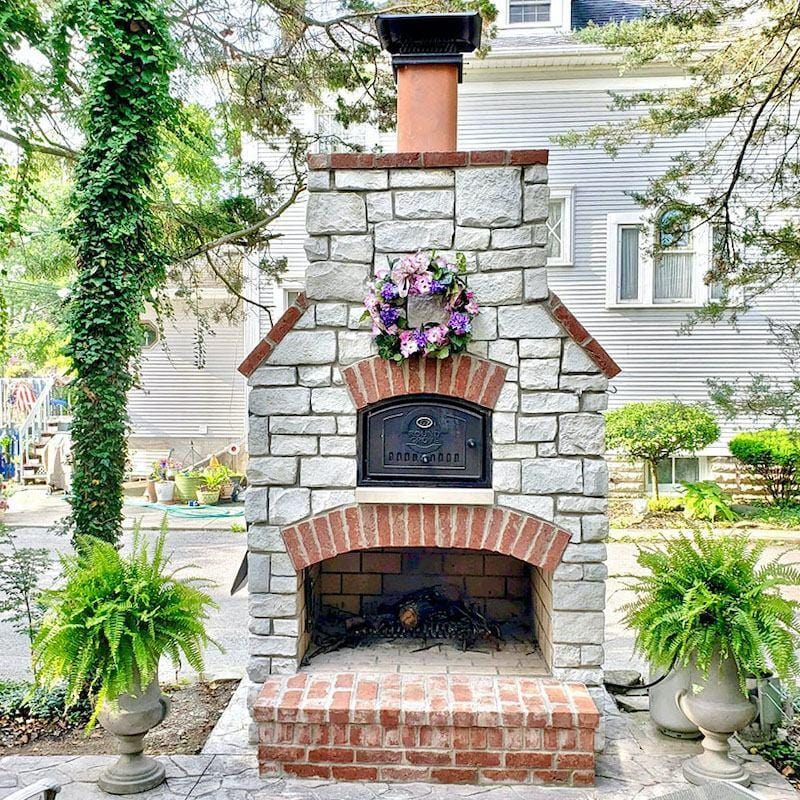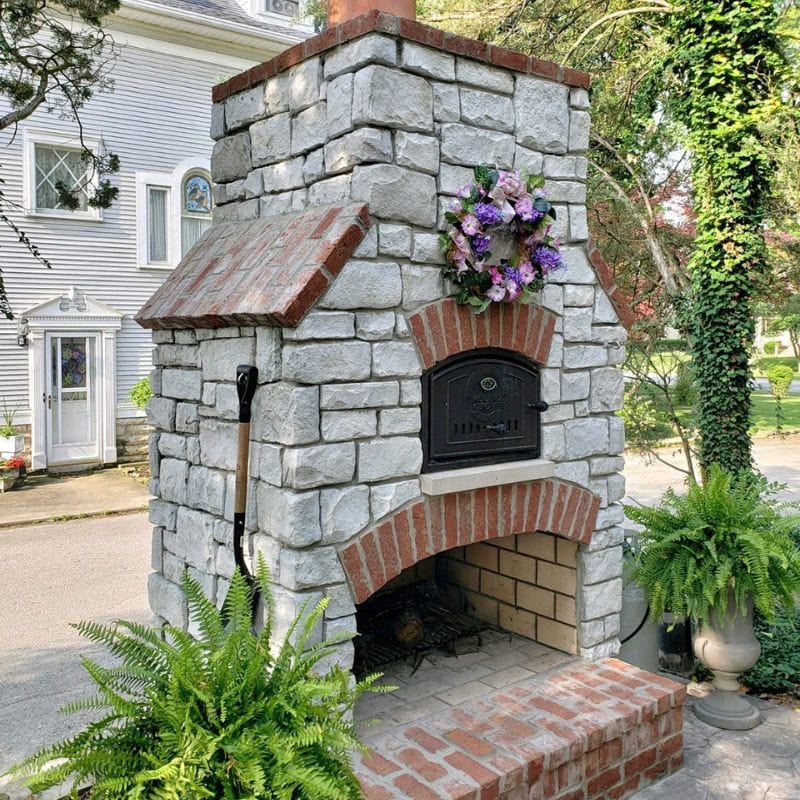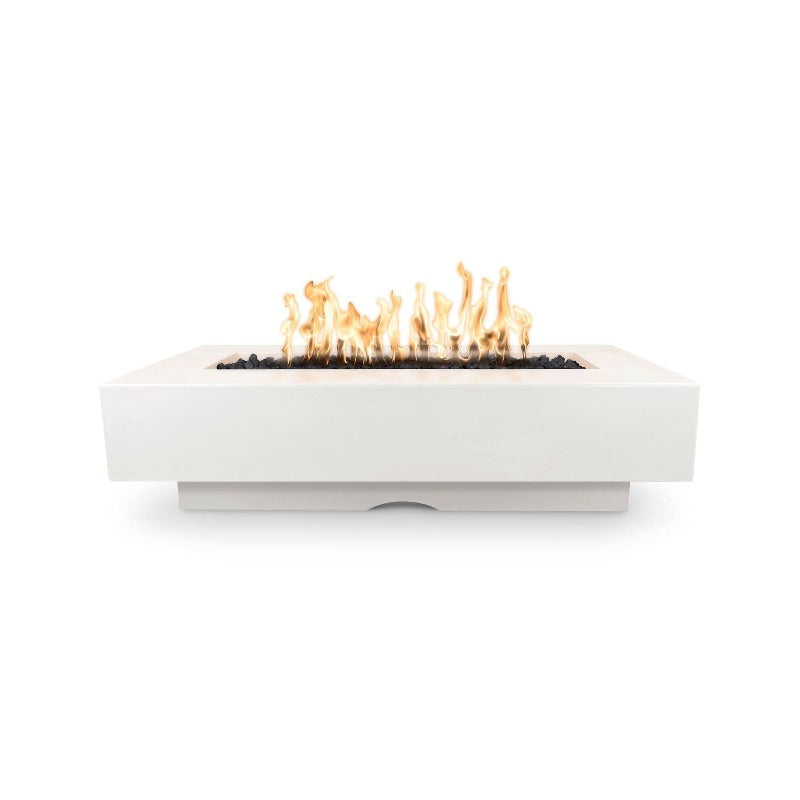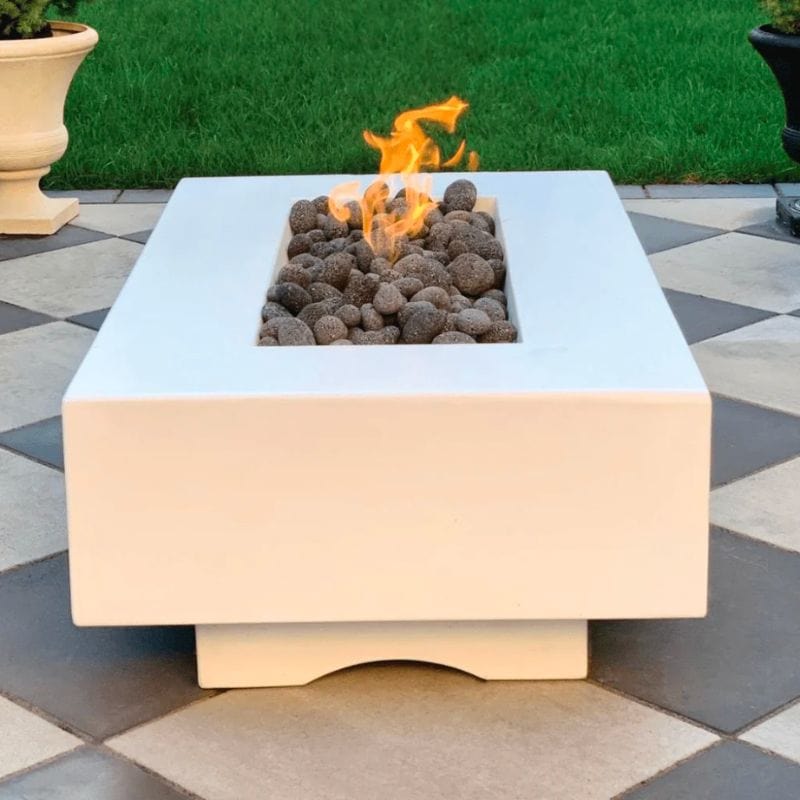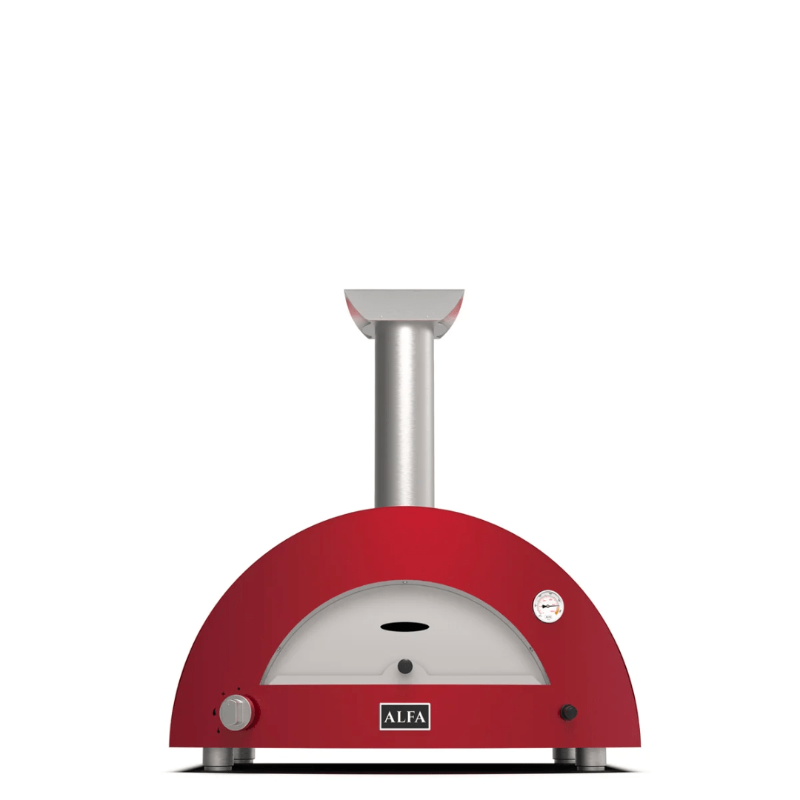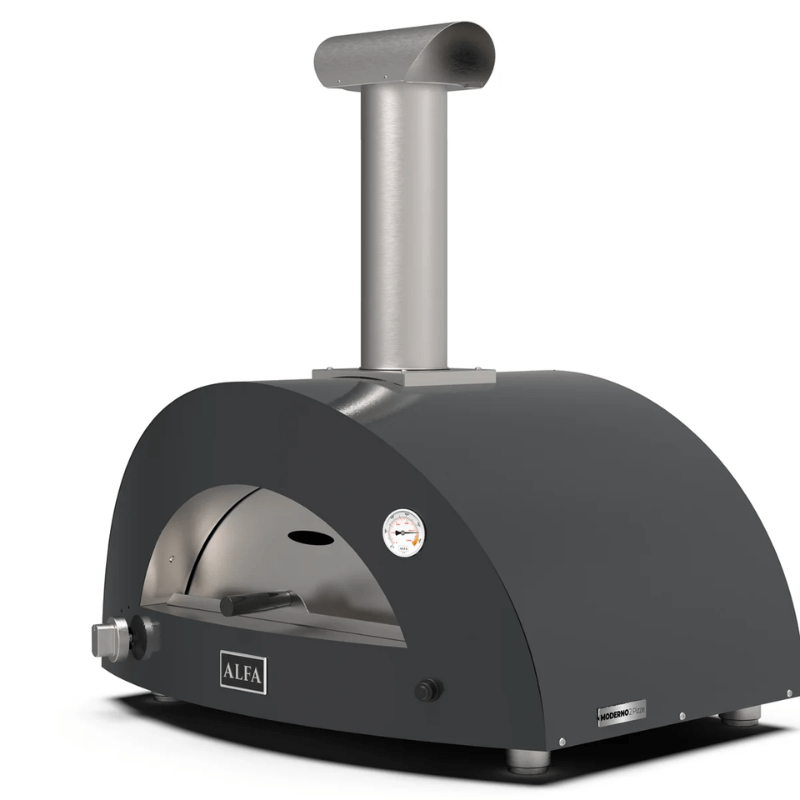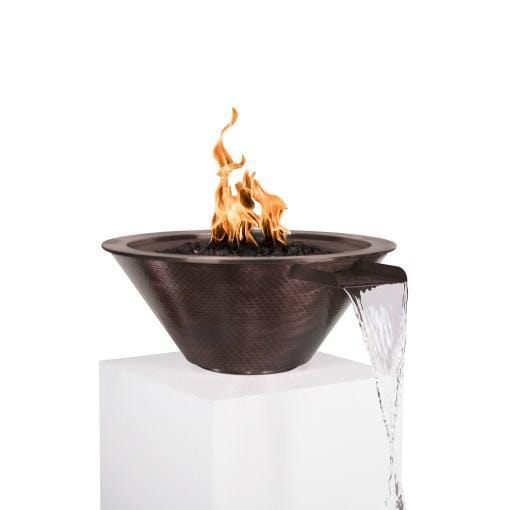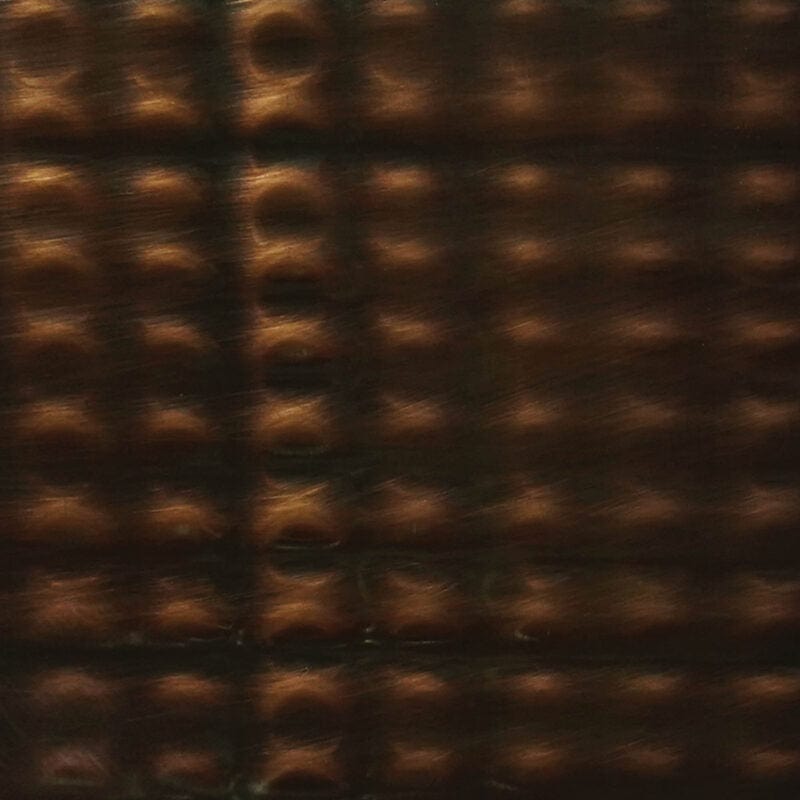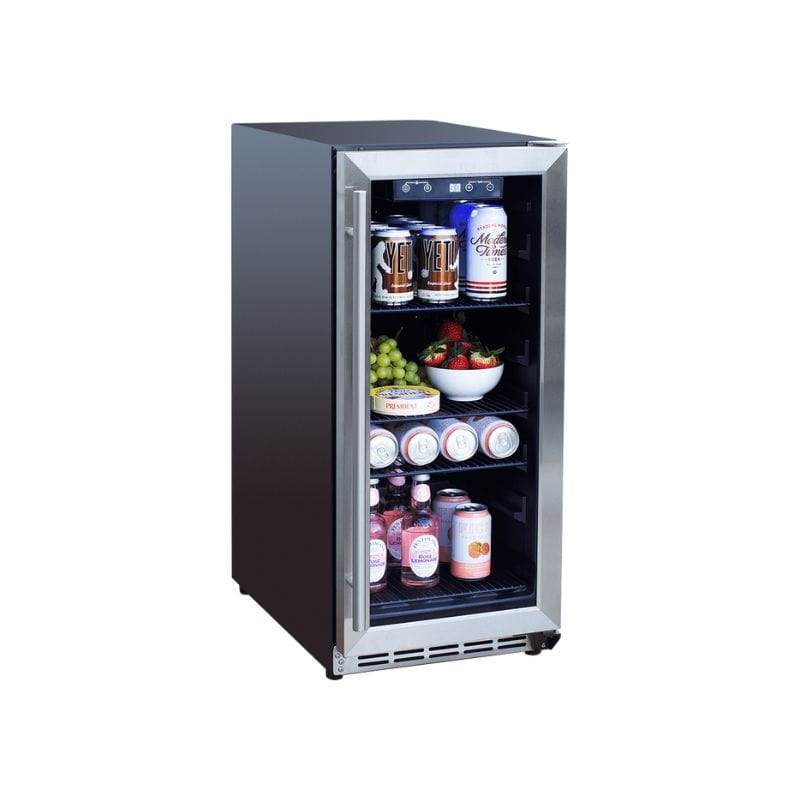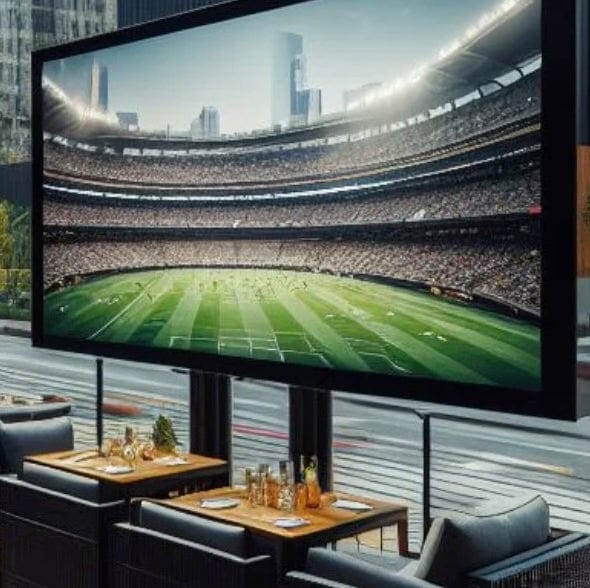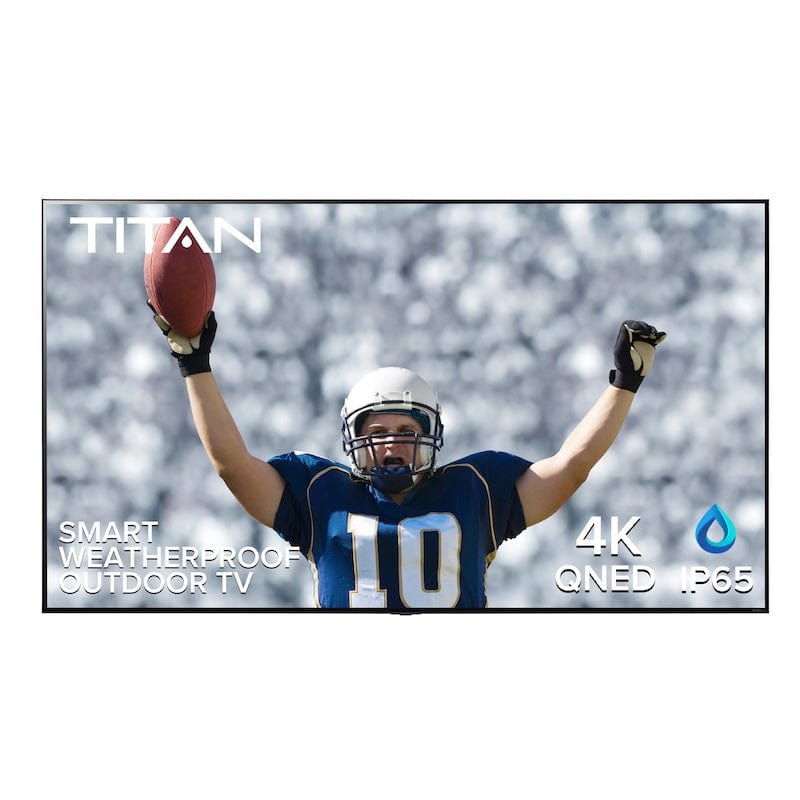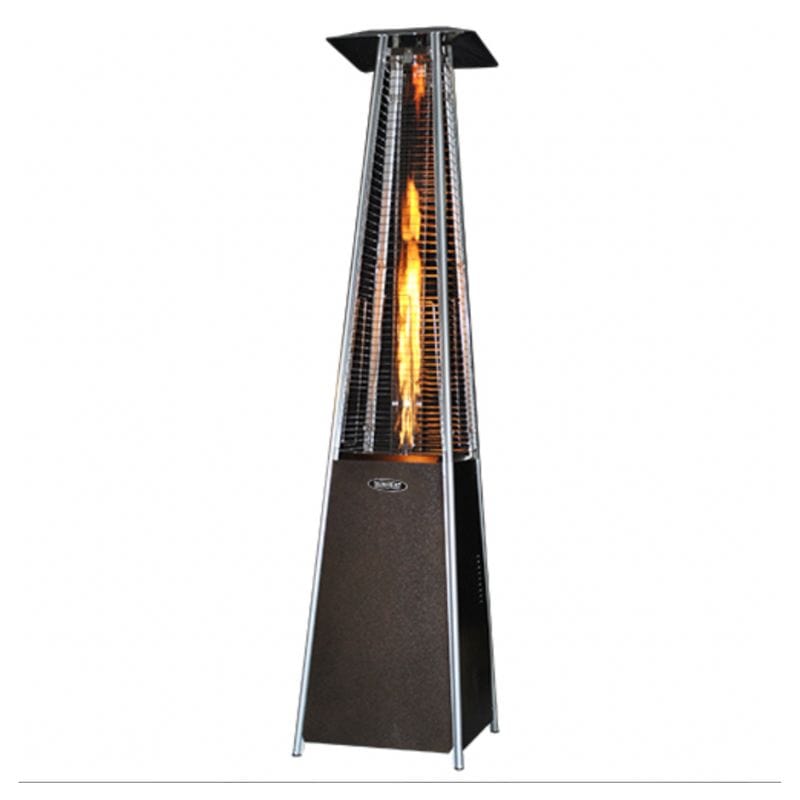A gas patio heater can turn a chilly evening into a comfortable one. It also adds a visible flame, new smells, and a warm metal surface that attracts curious hands and paws. With a little planning and a few ground rules, you can enjoy the extra warmth while keeping children and pets safe.
Before we get into the how, remember that outdoor does not always mean risk-free. The biggest hazards around these heaters are burns, tip-overs, and poor ventilation in semi-enclosed spaces. If you set the heater up wisely and supervise closely, you can reduce each of those risks.

Pick the right heater and safety features
Choose a model that is certified by a nationally recognized testing lab, such as UL, ETL, or CSA. Look for three features that make a real difference when kids and pets are present: an automatic tip-over shutoff, a flame-failure device that cuts off the gas if the flame goes out, and a sturdy base that can be weighted.
If your patio has lots of running, chasing, or zoomies, consider a wall-mounted or overhead model that keeps the heat source out of reach.
Place it where people do not pass
Put the heater on a flat, noncombustible surface. Keep it out of footpaths, away from doors that swing open, and away from play zones. Follow the clearances in your manual.
A good general rule is at least 3 feet of space on all sides and more overhead clearance than you think you need, especially beneath pergolas or eaves.
Keep the heater at least a few feet from furniture, umbrellas, and pet beds, and never park a stroller beside the column.
Create a kid and pet buffer zone
Make a visible boundary so the rule is easy to follow. A 3- to 4-foot ring works well. You can mark it with low planters, a short fence panel, or even painter's tape on a deck. Explain to older kids that the base and the top can burn skin.
Reinforce a single cue for pets, such as "back" or "leave it," and reward them for staying outside the ring.
Move water bowls, toys, and leashes so pets do not wander into the hot zone for their things.
Think ventilation first
Gas heaters belong in open air. Do not run one inside a tent, shed, garage, or enclosed porch. Be careful with "almost outside" setups like a three-walled patio or a gazebo with plastic panels. Carbon monoxide from gas heaters can build up quickly in these spaces, even if there’s a breeze.
Even mild wind can blow fumes from a gas heater back toward people if the space lacks proper ventilation.
If the heater is near a door, keep a window or door on the opposite side cracked so air flows through the area rather than trapping exhaust.
Stabilize it like you expect a bump
Kids trip. Dogs chase. Treat tip-overs as a "when," not an "if." Weight the base with the manufacturer's sand or water kit, or strap the column to a post using a nonflammable strap so it cannot fall far.
If you expect strong gusts, turn the heater off and let it cool before moving it. Never use a patio heater as a coat rack or a place to try mittens.
Handle gas the safe way
If you use propane, store cylinders upright outdoors and away from heat. After connecting a cylinder, do a quick leak test with soapy water on the valve and hose connections. Bubbles mean a leak. Replace damaged hoses or O-rings.
Open the cylinder valve slowly, light according to the manual, and keep kids and pets indoors or well back during ignition. Never move the heater while it is lit.

Prevent burns with smart seating and clothing choices
Seat children away from the heater and route traffic so no one brushes past hot surfaces. Keep a table edge between the heater and the seating when possible.
Remind guests to avoid loose scarves, long tassels, and hanging pet costumes near open flames.
For toddlers, think like you would around a grill. If a child is still in the stage of touching everything, consider using a temporary guard screen around the base.
Maintain so it runs clean
Before the season starts, check the burner ports, pilot, and igniter. A clean, steady blue flame is what you want. Flickering or yellow flames often point to outdoor heater issues such as debris or the wrong air-to-fuel mix. Clear spider webs and dust from air intakes.
Mid-season, wipe soot from reflectors so heat throws properly, and recheck all fasteners so the column does not wobble. If something smells off or the flame looks wrong, shut it down and have it serviced.
Watch the weather
Wind can push flame where it should not go or tip a heater. If the forecast calls for gusts, pick a more sheltered spot that still has open sides. Rain and condensation can mess with igniters and can corrode fittings. Give the unit time to dry rather than force a stubborn ignition.
Have a simple emergency plan
Keep a class B-C fire extinguisher within reach and know how to use it. Set one adult as the "heater captain" during gatherings. That person lights it, relights it if needed, and shuts it down at the end.
Review basic burn first aid with caregivers: cool water for several minutes, no ointments, and seek medical care for blistering or large areas.
Learn the signs of carbon monoxide exposure, which can look like a headache, dizziness, nausea, and confusion. If anyone feels ill, move to fresh air right away and call 911.
End-of-night shutdown ritual
Turn the control knob off. Close the cylinder valve to stop gas at the source. Let the unit cool fully before you cover or move it. Store spare cylinders outdoors and upright.
If pets roam the patio overnight, use a fitted cover so they do not lick or chew any residue on the column or fittings.
Why this matters
The risk is real, even if most evenings go smoothly. The CDC reports that each year more than 400 Americans die from unintentional carbon monoxide poisoning not linked to fires, over 100,000 visit to emergency rooms, and more than 14,000 are hospitalized.
The U.S. Fire Administration estimates there were 32,200 home heating fires in 2021 that caused about 190 deaths, 625 injuries, and $442 million in property loss.
Portable heater fires made up only 3 percent of heating fires from 2017 to 2019, yet they accounted for 41 percent of fatal heating fires.
Even though patio heaters are meant for outdoor use, the same basic risks explain why careful placement, ventilation, and supervision protect kids and pets.
Quick checklist:
- Use only in open air, not in enclosed or semi-closed spaces.
- Keep a 3- to 4-foot kid and pet buffer zone.
- Weight or anchor the base and avoid windy use.
- Check for leaks with soapy water after every cylinder change.
- Never leave a lit heater unattended.
- Keep water bowls, toys, and strollers out of the hot zone.
- Teach a simple "leave it" cue for pets.
- Keep a class B-C extinguisher nearby.
- Shut off the cylinder and controls after use.
- Service the heater if the flame is yellow or irregular.


